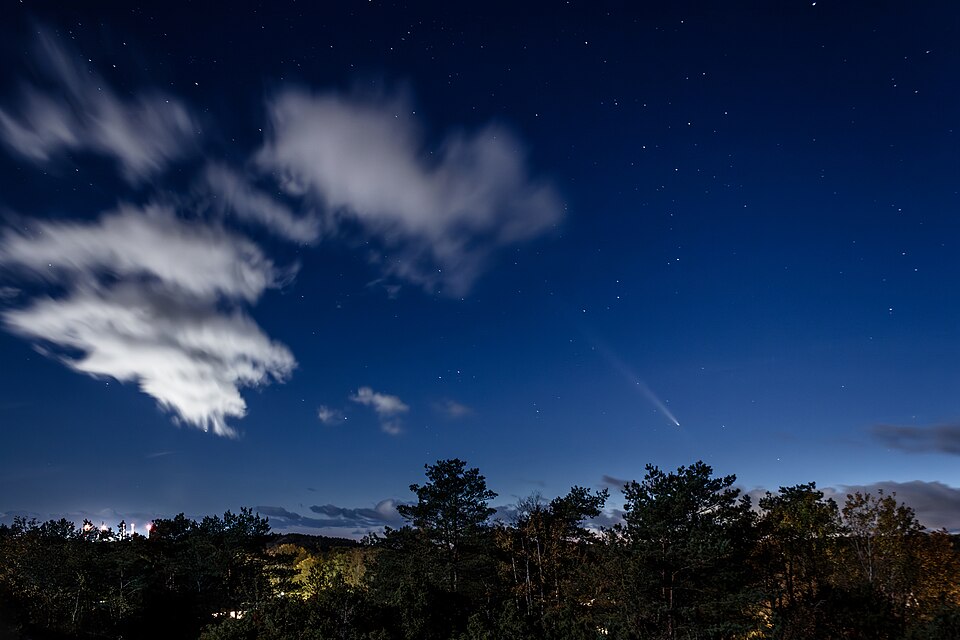Comet C/2023 A3 Tsuchinshan-Atlas Departs Earth for 80,000 Years

In a stunning celestial display, Comet C/2023 A3 Tsuchinshan-Atlas made its final appearance near Earth on July 22, 2025, before embarking on an 80,000-year journey away from our planet. Captured by renowned astrophotographer Miguel Claro, the comet was prominently visible in the night sky over Portugal, particularly in the Dark Sky Alqueva Reserve, a location known for its exceptional stargazing conditions due to minimal light pollution.
Claro, a professional photographer and science communicator based in Lisbon, has built a reputation for his breathtaking night sky imagery. As an ambassador for the European Southern Observatory and a member of The World At Night, Claro specializes in creating 'skyscapes' that seamlessly connect terrestrial and celestial phenomena. His latest work, showcasing the comet against the backdrop of the Milky Way, offers a glimpse into the beauty and wonder of our universe.
“This comet was a once-in-a-lifetime event,” stated Claro in his official statement. “On a moonless winter night, I was able to capture the comet in a time-lapse, revealing its majestic glide across the southern skies. The interplay of the comet and the Milky Way was a sight to behold.”
The comet, first discovered in 2023, gained significant attention from both amateur and professional astronomers. As it approached the inner solar system, it became easily visible to the naked eye, drawing thousands of stargazers and photographers to capture its brilliance. According to Dr. Emily Carter, an astrophysicist at the University of California, Berkeley, “Comets like C/2023 A3 provide unique insights into the early solar system, acting as time capsules that can reveal the conditions of our cosmic neighborhood billions of years ago.”
The significance of this event extends beyond its visual appeal. Comets are considered remnants from the solar system's formation, and their study aids scientists in understanding the origins of water and organic material on Earth. Dr. James H. Smith, a researcher at NASA’s Jet Propulsion Laboratory, emphasized that “the materials found within comets can help us understand not only our own planet's history but also the potential for life beyond Earth.”
The departure of C/2023 A3 Tsuchinshan-Atlas will not only be felt among the astronomical community but also by the general public, who have come to appreciate the wonders of space through such events. As noted by Dr. Angela White, Director of Education at the American Astronomical Society, “Events like this inspire curiosity and a love for science among people of all ages. They remind us of our place in the universe and the vastness of time.”
Looking ahead, the scientific community is already preparing for future cometary visits. The next notable comet, 3I/ATLAS, is expected to make a close approach in the coming years, providing further opportunities for study and public engagement.
In conclusion, the farewell of Comet C/2023 A3 Tsuchinshan-Atlas serves as a poignant reminder of the transient beauty of our night sky and the ongoing quest for knowledge about our universe. As it fades into the depths of space, its legacy will continue to inspire both scientists and enthusiasts alike for generations to come.
Advertisement
Tags
Advertisement





